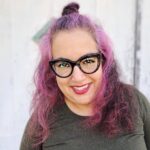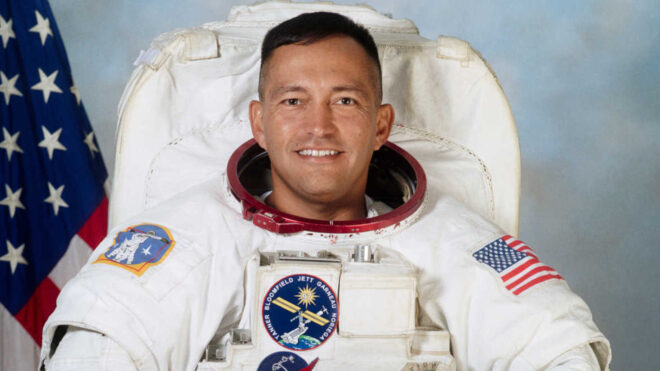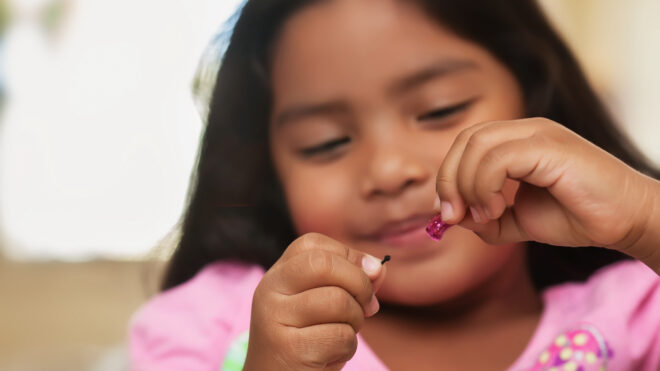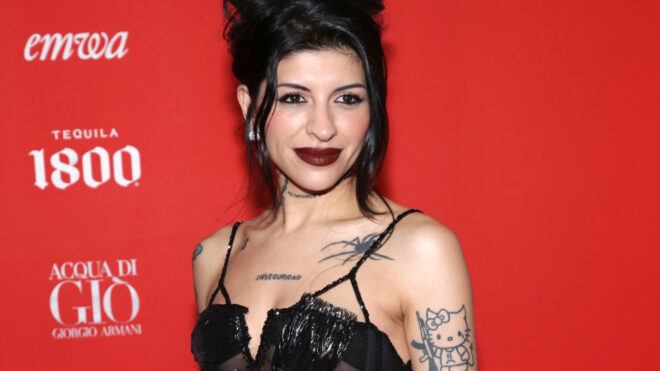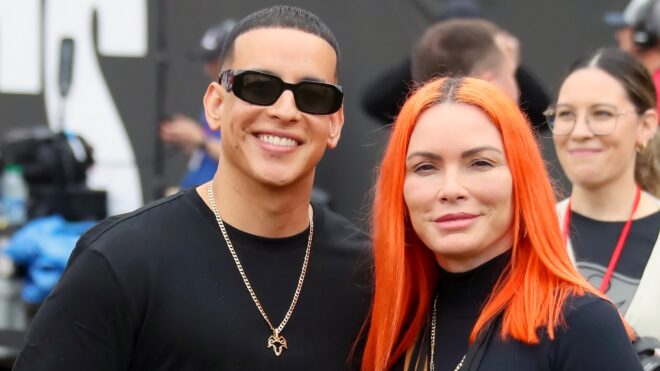
Many of us who go to school in the United States rarely learn about the contributions of Latinos in the field of science — or any other field, for that matter. That's not because Latinos haven't contributed and continue to contribute greatly; it's because the contributions of Latinos have been and continue to be greatly ignored. Thankfully, we live in an era where we can do our own research and share what we learn with others, especially our children. It pains me to say that I was today years old when I learned about the contributions of most of the brilliant Latino scientists on this list.
More from MamásLatinas: Educational games & activities that teach children while they're having fun
Sure, I knew about astronaut Ellen Ochoa, but not because I learned about her in school. I had to find out and read about her on my own. But so many of the other Latino scientists on this list I had no idea about. Like, did you know that the "father of the pill" was Mexican? Or that singer Joan Baez's father co-invented the X-ray reflection microscope? Keep reading, and please, please share the achievements of these Latino scientists with your children.
Dr. Alfredo Quiñones-Hinojosa is a renowned researcher and neurosurgeon.
Oh, and he just so happens to serve as chair of the Department of Neurologic Surgery at the Florida Mayo Clinic campus. He leads research dedicated to finding a cure for brain cancer, and he's developed minimally invasive neurosurgical techniques that are revolutionizing the medical industry.
Dr. Helen Rodriguez-Trías studied medicine at the University of Puerto Rico.
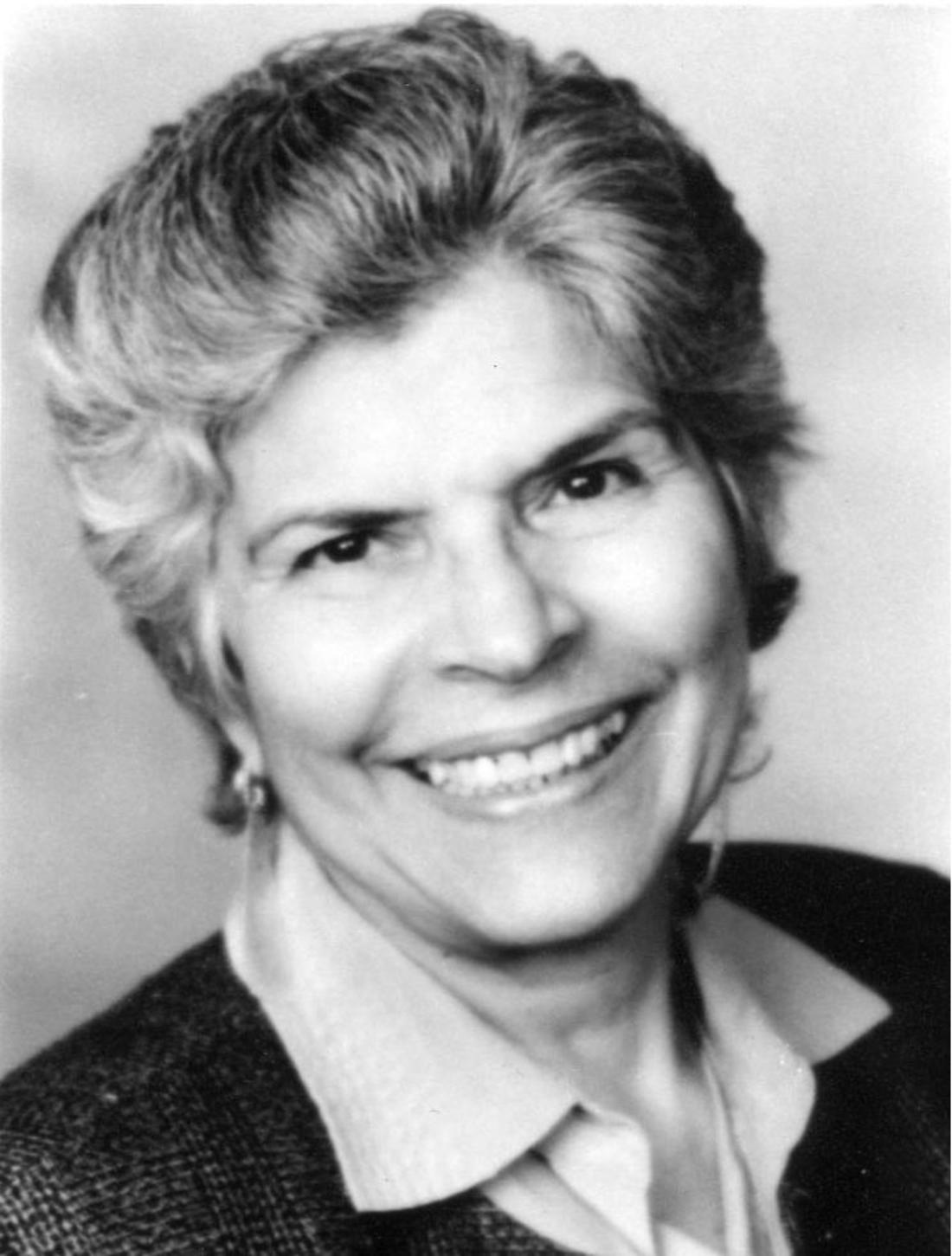
Helen Rodríguez-Trías (July 7, 1929 – December 27, 2001) was born in New York and spent her early years in Puerto Rico. She and her family moved back to New York when she was 10. She became an activist when she was a student at the University of Puerto Rico. Throughout her life she fought for abortion rights, the end of forced sterilization, and providing neonatal care for low-income families and minority women in the US, Central and South America, Africa, Asia, and the Middle East.
Astronaut Ellen Ochoa was the first Latina to go to space.
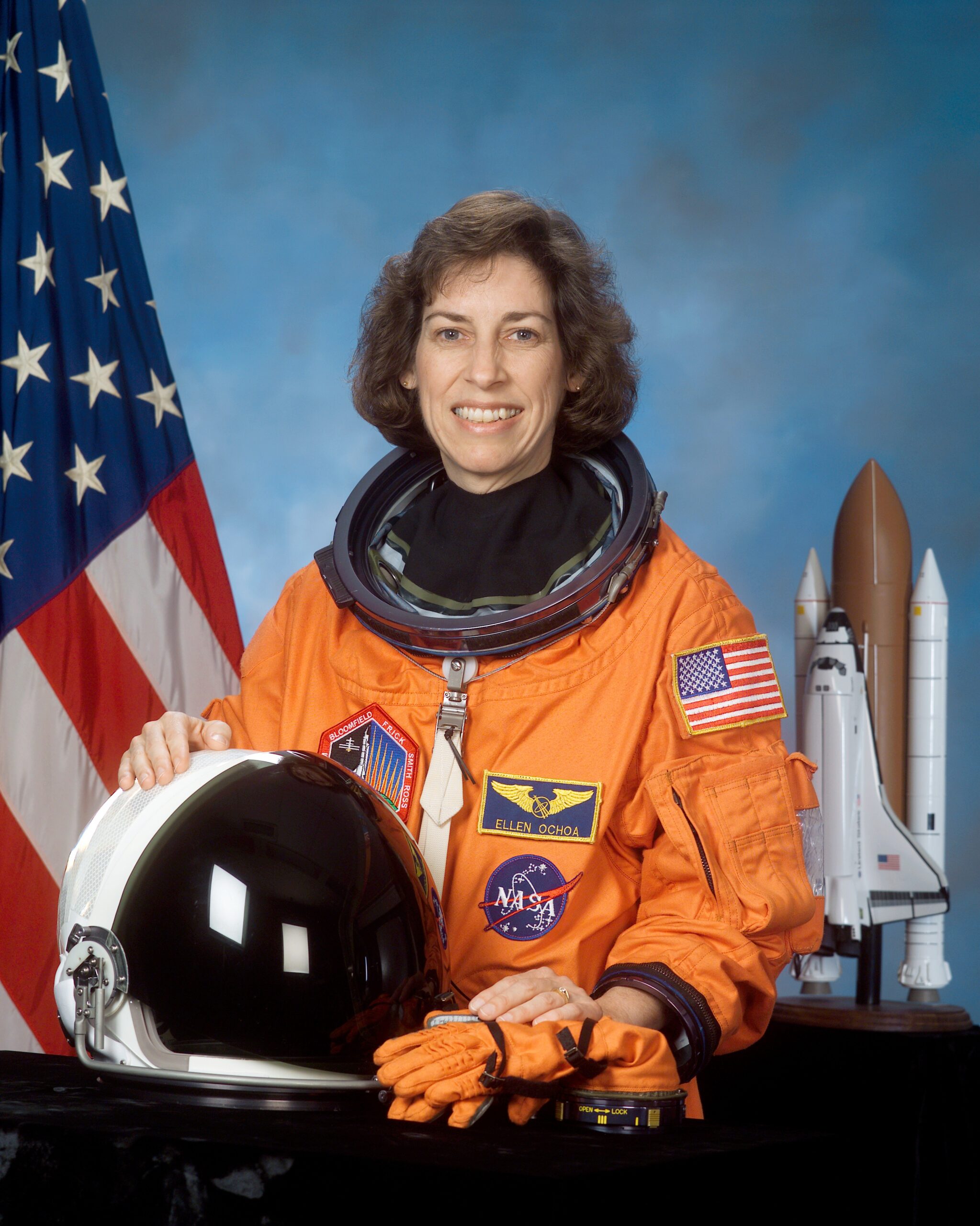
Her first space mission happened in 1993 aboard the Space Shuttle Discovery and she ended up going three more times and spending almost 1,000 hours in space. She was also the first director and the second female director of Johnson Space Center.
Dr. Sarah Stewart was the first woman to earn an MD from Georgetown University School of Medicine.
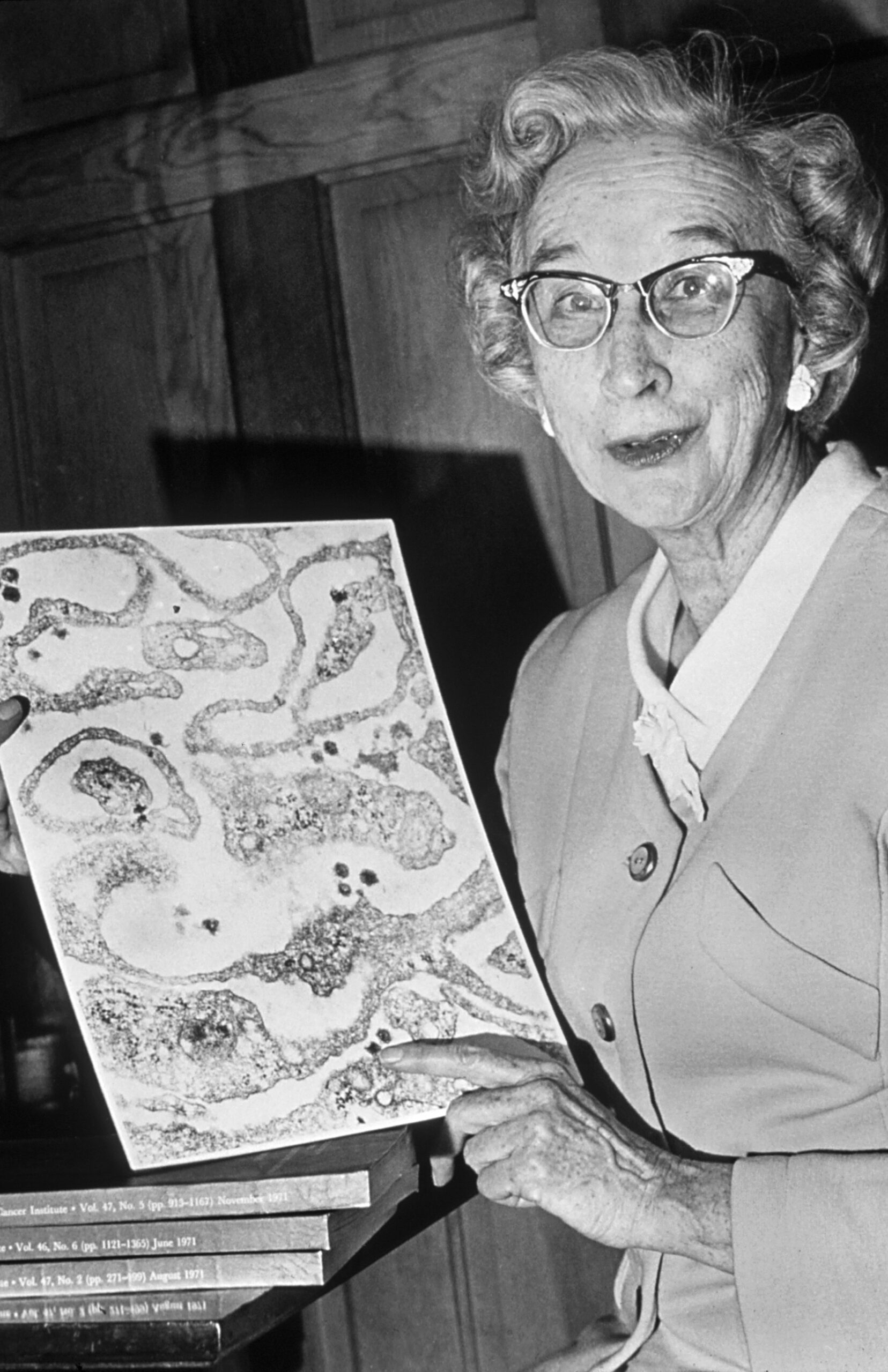
Sarah Stewart (August 16, 1905 – November 27, 1976) was a Mexican American researcher who found a link between viruses and cancer. Her research helped in the development of vaccines that help protect against certain forms of cancer.
Carlos Juan Finlay was a Cuban American epidemiologist.
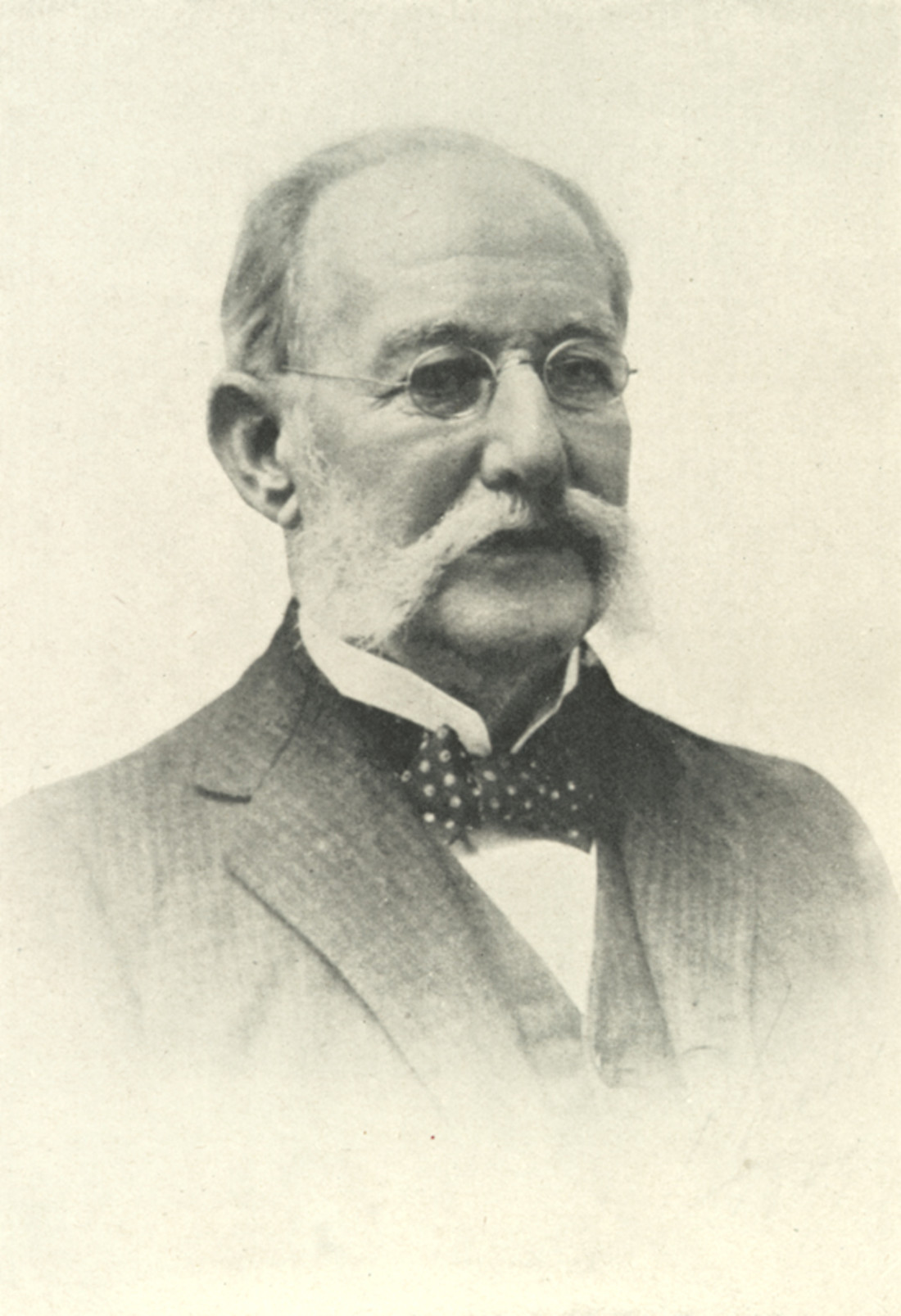
As an epidemiologist, Carlos Juan Finlay (December 3, 1833 – August 20, 1950) searched for the causes of diseases. In 1881, he theorized that mosquitoes could spread yellow fever, only to be laughed at and ridiculed. His theory wasn't accepted until 20 years later.
Deborah Berebichez was the first Mexican woman to get a doctorate in physics from Stanford University.
Deborah Berebichez grew up feeling discouraged from pursuing a career in science, but she persevered and is now doing all she can to encourage the next generation to get excited about science, technology, engineering, and math. In addition to being a physicist and data scientist, she is also a TV host, an educator, and an entrepreneur.
Dr. José Celso Barbosa was a Puerto Rican physician, professor, and politician.

José Celso Barbosa (July 27, 1857 – September 21, 1921) applied to what is now known as Columbia University of Medicine but was rejected because of racism. He went on to become the first Puerto Rican student at the University of Michigan, where he earned his medical degree and was the valedictorian of the class of 1880. His accomplishments are historic because he became the first Puerto Rican and first Afro Latino to earn a medical degree in the continental US.
Ynés Mexía was a Mexican American botanist.
Ynés Mexía (May 24, 1870 – July 12, 1938) had a collection of 150,000 novel plant specimens from Mexico, Peru, and Colombia. Her efforts led to the discovery of 500 new plants. Her career and contributions are remarkable for a variety of reasons. To begin with, her career was only 13 years long, and she didn't start until she was in her 50s. Being a woman of Mexican descent in her 50s meant she had to deal with all kinds of prejudice and discrimination.
Carlos I. Noriega is a Peruvian American NASA employee and former astronaut.
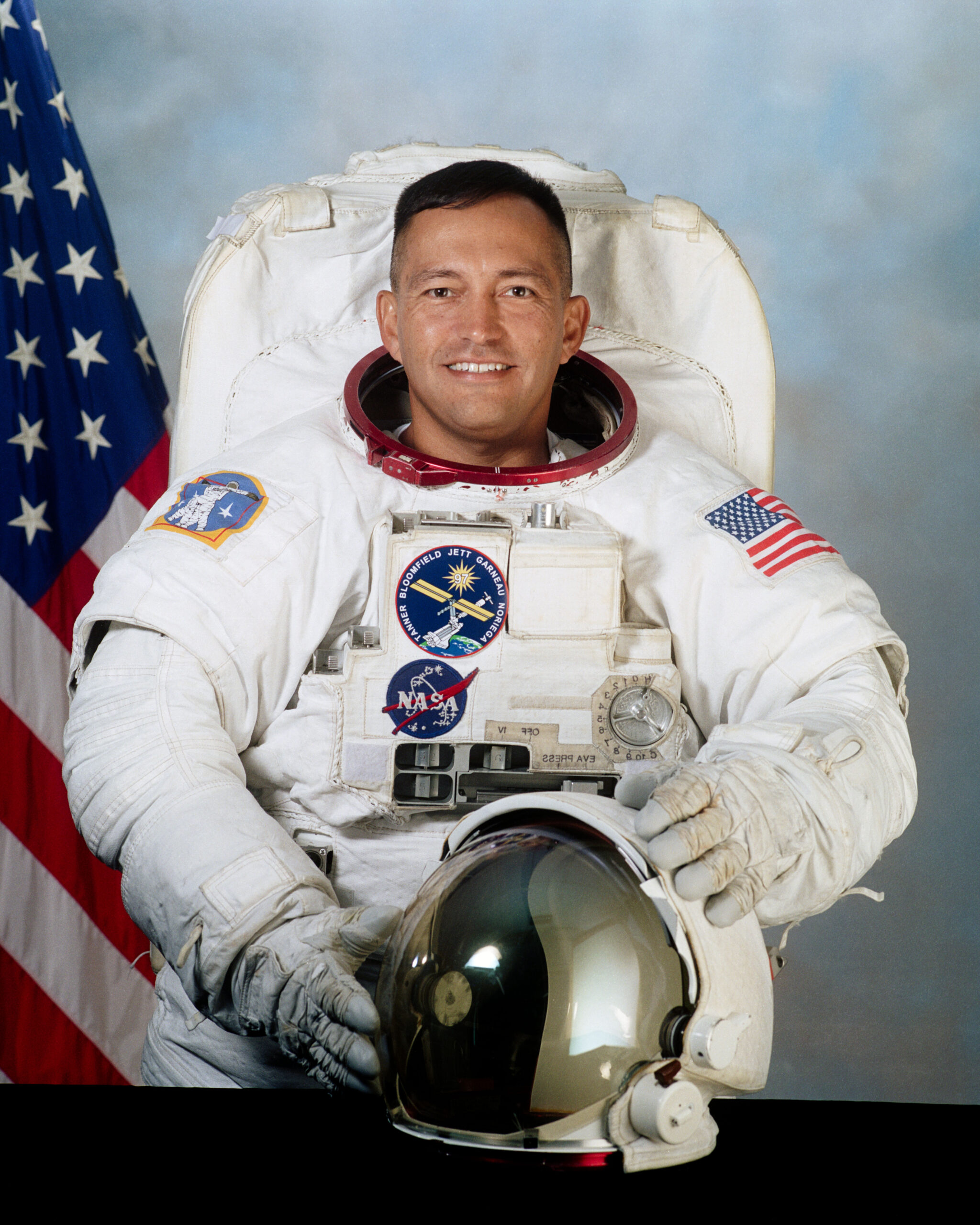
As an astronaut he logged over 461 hours in space. That time includes more than 19 extravehicular activity hours in three space walks. How many people can say they have walked in space?
Dr. Anabella Villalobos is a Panamanian medical chemist.
She is also the senior vice president of biotherapeutic and medicinal sciences at Biogen. Biogen specializes in the discovery, development, and distribution of treatments for patients with neurological diseases.
Alberto Pedro Calderón was a highly regarded and award-winning mathematician from Argentina.
Alberto Pedro Calderón (September 14, 1920 – April 16, 1998) earned his PhD at the University of Chicago in 1950. His theories had a major impact on signal processing, geophysics, and tomography.
Luis E. Miramontes was a Mexican chemist.
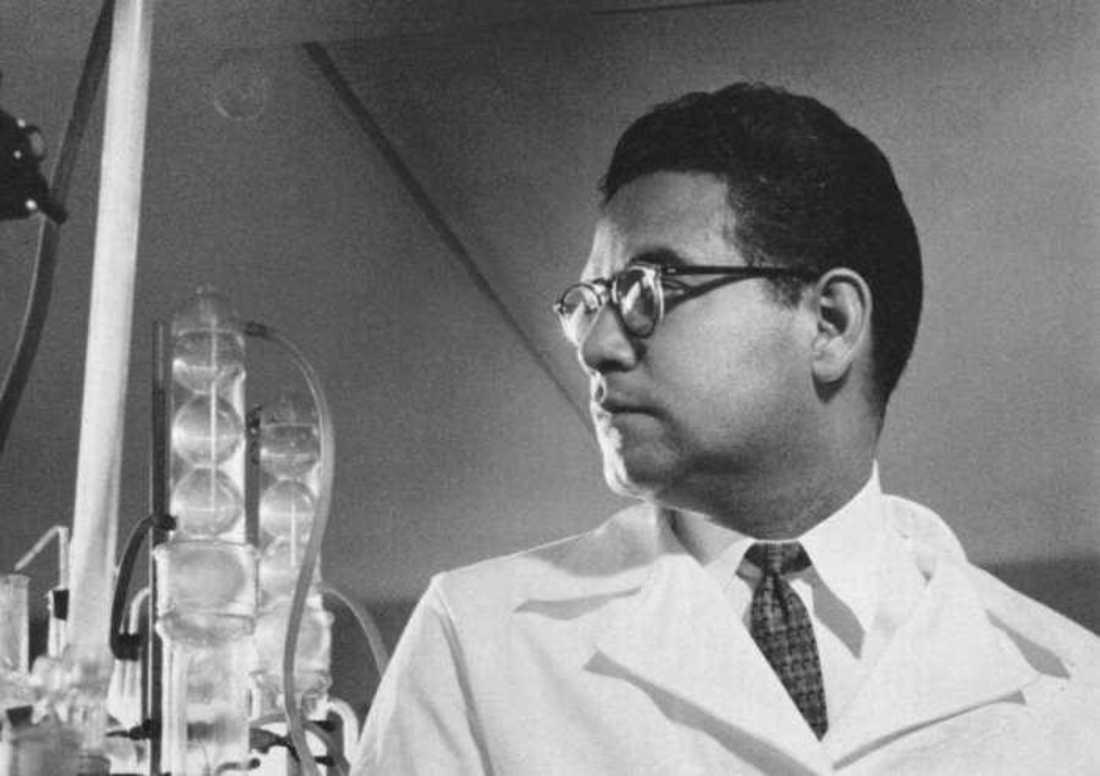
Luis E. Miramontes (March 16, 1925 – September 13, 2004) was the co-inventor of progestin norethisterone, which was used in one of the first oral contraceptives. Although he didn't invent what ended up being the birth control pill, he often gets called the "father of the pill" because his invention made it possible.
Dr. Jose Russo was the director of the Fox Chase Breast Cancer Research Laboratory in Philadelphia.
Jose Russo (March 24, 1942 – September 24, 2021) was born in Argentina. He was 10 years old when he decided he wanted to be a researcher and study medicine so he could eventually study cancer. The Philadelphia Inquirer reports that he spent "decades studying how various synthetic chemicals may increase the risk of breast cancer and why the risk is reduced in women who have babies in early adulthood."
Mario J. Molina was an environmental chemist.
Mario J. Molina (March 19, 1943 – October 7, 2020) was the first scientist born in Mexico to win a Nobel Prize in Chemistry. He had much to do with the discovery of the Antarctic ozone hole. In 1995, he was co-recipient of the Nobel Prize in chemistry for his contribution to discovering the threat posed to the Earth's ozone layer by chlorofluorocarbon (CFC) gases.
Juan M. Maldacena is an Argentine physicist.
Juan M. Maldacena was born in Buenos Aires, Argentina, in 1968. He studies the relationship between quantum gravity and quantum field theories. He's on the faculty of the Institute for Advanced Studies. In 2012, he won the Fundamental Physics Prize.
Physicist Albert Baez co-invented the X-ray reflection microscope.
Albert Baez (November 15, 1912 – March 20, 2007) was born in Puebla, Mexico. Later he moved to the US, and his scientific contributions led to the development of X-ray microscopes and X-ray telescopes. Oh, and he was also father to singers Joan Baez and Mimi Farina.
